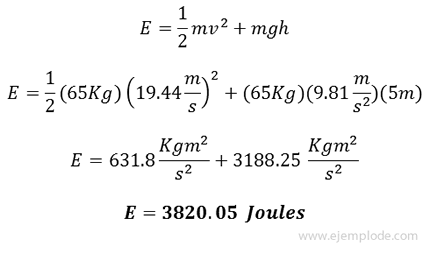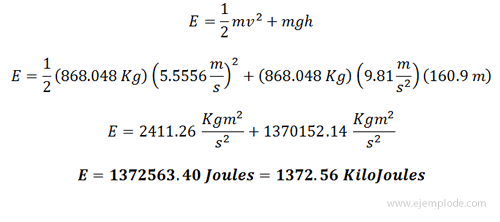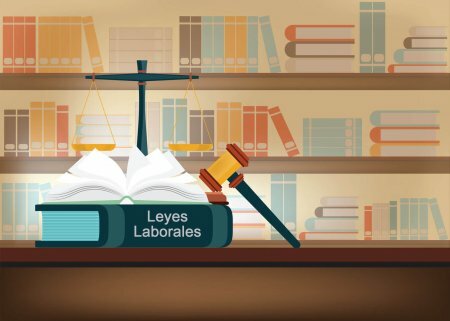Mechanical Energy Example
Physics / / July 04, 2021
Energy is known to be the ability to do Work. Therefore, the Mechanical Energy is what allows to carry out a Work of a Mechanical nature. It has countless applications in everyday life and industry, from moving bodies, turning gears, opening and closing gates, for example.
It is equivalent to the sum of the Kinetic and Potential Energies, because it is given both by the movement and the position of the element affected by this energy.

And putting the formulas for the Kinetic and Potential Energies, the equation is equivalent to:

We can also express it as a function of the mass of the body involved, which is the common factor:

Human beings use Mechanical Energy to interact with the world and move around it. Examples of these interactions are: Walking, Jogging, Running, Opening doors, Exercising, Driving a car, Carrying materials by force of arms or with the support of a cart.
Transformation and Applications of Mechanical Energy
At the Industrial level, Mechanical Energy is the one that manipulates the parts and gears that perform the key tasks of the stages of a process. In operations such as Crushing, Grinding, Sifting, Centrifugal Filtration, Material Transport, Mechanical Energy is the factor that starts it all. But for there to be Mechanical Energy, there must be various types of energy as precursors.
Electric power: If an electric field is induced in the winding of a motor, it will begin to rotate, which will be the first manifestation of Mechanical Energy; This will be communicated to an axis, or a gear, which in turn will collaborate in the development of the operation. For example, in a bucket elevator, a motor communicates the movement to a chain, similar to that of a bicycle but in greater dimensions. Buckets are small drawers filled with material that will be transported to take it to another site in the process. The Mechanical Energy will be equivalent to the Electric Energy applied to the motor, but excluding losses due to friction and heating in the course of it.
Chemical energy: In a thermoelectric plant, burning a fuel, usually fuel oil, generates enough heat in a boiler to generate superheated steam. The superheated steam will travel through the plant's steam network, and will be distributed to collide with a series of turbines. Mechanical Energy is instantaneous, carried by steam, and dissipates in the thrust of the turbines. They will participate in the generation of electricity to supply a community. The Mechanical Energy applied in the turbines is equivalent to that of the superheated steam flow, ruling out friction losses in the steam pipe.
Wind power: A wind field, which consists of an extension where a series of masts with propellers or "Windmills", receives the energy that are capable of generating large air masses in movement. The high-speed wind hits the propellers, whose design will allow them to rotate, and there the birth of Mechanical Energy is discovered. This new energy allows the generation of electricity that will be directed to the nearest towns. It is one of the cleanest energies that can be used.
Radiant energy: The sun contributes a vast amount of energy that can be captured through solar panels. Thanks to the Radiant energy of the Sun, the panels will generate and store electricity to supply a home or a production plant. The electricity in question will power household appliances, such as blenders, mixers, fans, or devices used in a maquiladora, such as sewing machines. All of the above depend on Mechanical Energy to carry out their task, previously working with Electric Energy.
Mechanical Energy Calculation Examples
1.- A car travels at 15 m / s. It has a mass of 1200 kg, and is 10 m above sea level. Calculate its Mechanical Energy.
Solution: The data in the formula will be replaced, taking care that the units that are handled belong to the same system, which in this case will be the International System of Units.

2.- A 65 kg runner has a speed of 70 km / hour. It is located 5 meters above the ground on a track laid out on a platform. Calculate its mechanical energy.
Solution: First, the necessary unit conversions must be made to adjust to the mKs system (meter, Kilogram, second).

Now we will substitute values in the Mechanical Energy equation:

3.- A cable car travels over a city. Its total mass with people on board is 1912 Pounds. It is going at a speed of 20 km / hour, at a height of 0.1 miles. Calculate the mechanical energy involved in its movement.
Solution: The necessary unit conversions must be made to conform to the mKs system (meters, Kilometers, seconds).

Now we will substitute values in the Mechanical Energy equation




